Putting Down Roots With Native Peaches
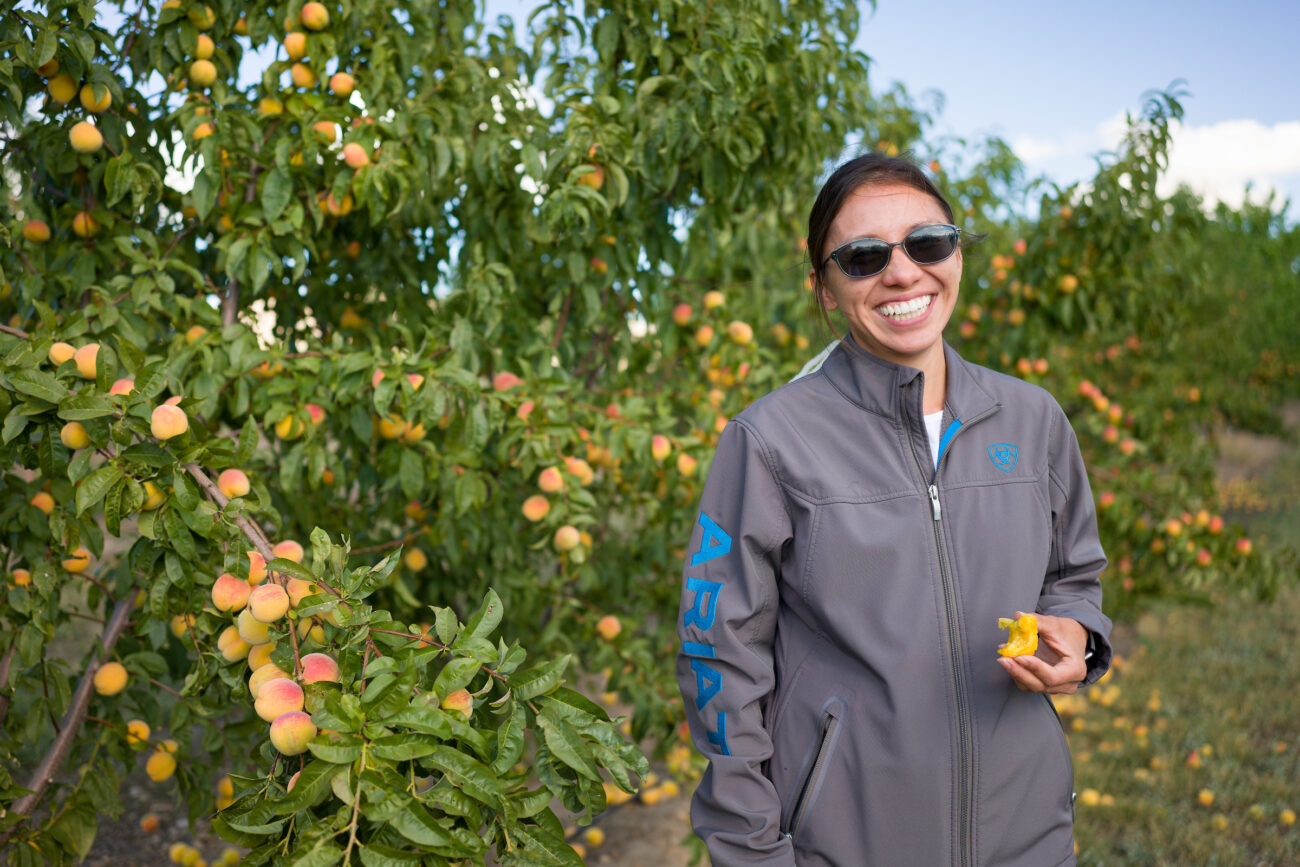
San Juan County Extension agent Reagan Wytsalucy is working to restore native peaches to the landscape
By Kristen Munson
According to Navajo, or Diné, belief, Southwest peaches were tended by the Anasazi and given to native people. For centuries, the peaches were a food source for the tribe until the trees were systematically torn from the landscape in an extermination effort led by the United States Cavalry.
Growing up, Wytsalucy was told by her father, Roy Talker, whose grandfather, Hoskinini, told him, “The peaches were always here.” And one day Talker suggested to his daughter, “Maybe you can bring the peaches back.” That led Wytsalucy to study the origins of Southwest peach orchards as both an undergraduate and graduate student at Utah State University.
“During the Long Walk, some Navajo avoided capture and raided U.S. forts,”she wrote in her 2019 thesis Explorations and Collaborations on Two Under-Recognized Native American Food Crops: Southwest Peach (Prunus persica) and Navajo Spinach (Cleome serrulata). “One of these individuals was my great-grandfather, Hoskinini. … Through oral tradition, my family has passed down a description of where Hoskinini fled, explaining that it was like an oasis, with many natural springs and waterways, supplying water to yearlong grassy groves. Peaches were present at this location.”
Her thesis documented the oral history of the peaches in the Four Corners region, as well as the uses of Navajo spinach — a plant harvested for food and medicine by Native Americans for centuries. Historians suggest they are remnants of trees first brought to the region by Spanish explorers. Some Native American tribes say otherwise.
Wytsalucy’s research took her to the Navajo, Hopi, and Zuni reservations and to remote corners of Arizona, Utah, and New Mexico in search of historic peach orchards. With permission from the tribes and their elders, she and her advisors collected samples from groves nestled on mesa shelves and tucked deep inside canyons accessible only by foot.
Using dendrochronology and backdating the groves using inbreeding estimates, the orchards could have been isolated for a period of 240 to 480 years, Wytsalucy explains.
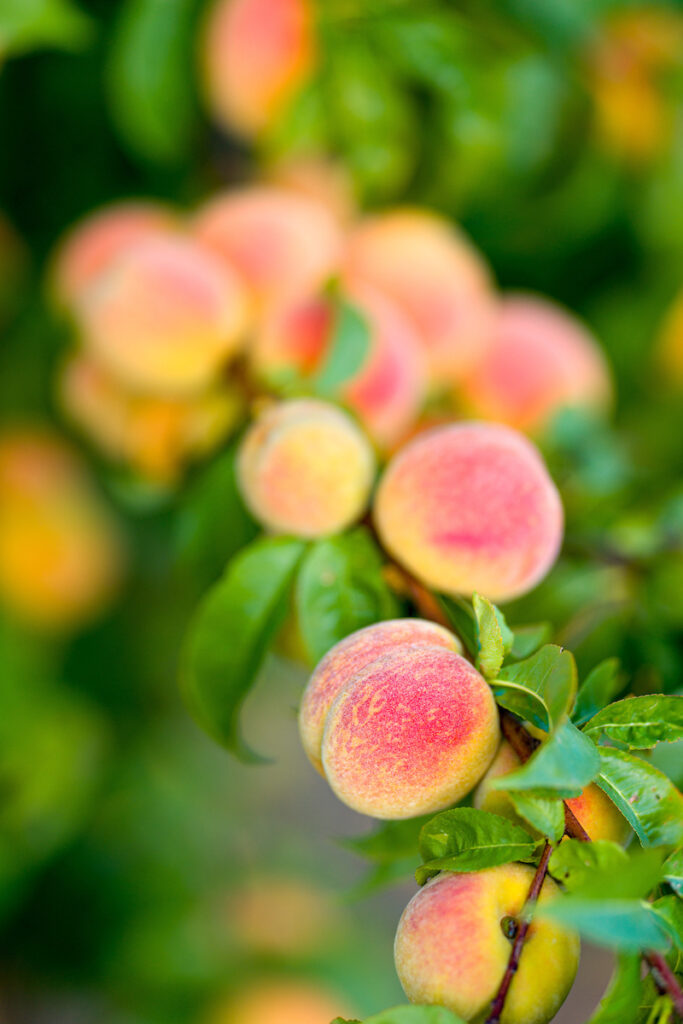
Genetic testing did not locate a common ancestor either. Most the peach trees Wytsalucy sampled are not related to any modern cultivars found in the United States since the colonists arrived and began planting fruit trees. While some peach trees have cross-pollinated with peaches introduced to the region, most remain genetically pure.
“We can see how their genetics are similar to each other, but it’s just not connecting with anything that has been brought to the United States,” Wytsalucy says. “And we even had peaches from China, from Mexico, from Syria, from Spain — some common founding ancestors of peach cultivars today … and there is just no relation in any capacity because they are so inbred.”
In 2019, Utah State Magazine ran a story about her work. Two years later Atlas Obscura profiled her effort to restore native peaches to the landscape. Afterward, readers from around the world contacted Wytsalucy in hopes of securing seeds to plant. Mysteriously, people from Iowa, Wisconsin, and other parts of New Mexico emailed suspecting that they, too, may have similar peaches growing in their states. The peaches have the same pale white flesh and an unknown back story.
Wytsalucy says it’s possible that each cluster may be derived from seeds carried across Indigenous trading routes. Perhaps, like corn, peaches can be used to tell a larger migration story.
“We are talking back in the Chaco Canyon days, when that route was really active, between Central America to the northern parts of the Americas,” she says, adding that this is when peaches start to appear in the oral histories and ceremonies performed by Southwest tribes.
“In a lot of these prayers and things, we don’t add to them,” she says. “They are what they are. And they have been repeated the same for centuries since we were given those prayers. We don’t change, I guess to say.”
In 2021 Wytsalucy was awarded a grant from Utah Department of Agriculture and Food to continue a broader genetic analysis of the peaches. But it’s an endeavor that takes time. Unlike modern cultivars, Southwest peaches are grown from seed. They are not grafted or pruned. After collecting the seeds researchers need to grow them into fruit-bearing trees, which takes at least three years.
Wytsalucy’s research has found the root structure of Southwest peaches to be more drought resistant than commercially grown varieties. She has partnered with the New Mexico State University Agricultural Science Center at Farmington, located in the middle of the Navajo Agricultural Production Industries land, to cultivate the trees and produce a population size large enough to perform a worldwide genetic analysis. The testing will include peach samples from the Midwest, too. The results could potentially begin to illustrate how people and peaches moved around the continent.
“Some early scientific literature suggests there were some groves on the East Coast that (researchers) thought were land-raised, they were not planted by the pioneers,” Wytsalucy explains. “I think there is more of a story that is starting to come out and unfold.”
In the meantime, she can’t shake this inkling that maybe her dad has been right all along.
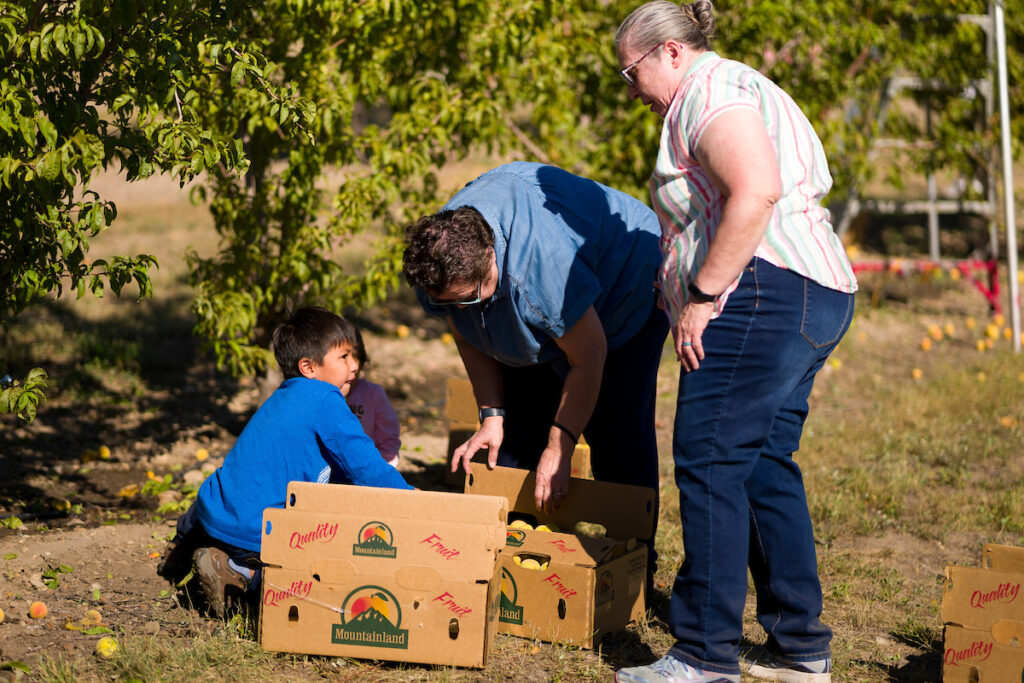
Since Graduating
Since graduating, Wytsalucy has worked as an Extension agent in San Juan County. She still makes the trek north to Thatcher to tend the peach trees she grew at the university’s research farm, but she has begun putting roots down of another kind. Wytsalucy is entrenched in the hard and necessary work of building a sustainable food system for the people in the Four Corners region.
“It’s not just the peaches that I am working toward anymore down here in this job,” she explains. “It’s creating sustainability in the communities, and this is the foundation of that. It’s one of the first crops that we can contribute and say, ‘This is a crop from our heritage, and this is going to allow our communities to persevere.’”
The first people to receive native peach seeds are native growers and Wytsalucy is moving slowly to expand distribution for both practical and ethical reasons. First, it takes years to produce the peaches in quantities large enough to distribute and to grow them in a way that is culturally respectful and retains the peaches genetic purity. But for Wytsalucy, giving the seeds to people outside the region needs to be a collective decision.
“I’m just here to preserve this so it’s accessible to our people — that’s the overall, the number one goal,” she says. “There is so much that we don’t know about these (peaches). They are literally isolated. Do they have disease resistance? … There are a lot of things that we are considering and I’m just one Extension agent.”
She is starting a nonprofit — Da’kah Hotsa — to bring help with the process and make decisions collectively. The name roughly translates to mean Huge Garden in Navajo and reflects the tribe’s connection with the earth and their creator, Wytsalucy says.
Last September, she and her family, as well as USU student and staff volunteers, harvested about 50 bushels of peaches for processing to fund a scholarship for Native American students and the Nutrition, Dietetics, and Food Science Department. About half of the peaches were brought back to Blanding and handed out at the 2022 Zuni Fair with some boxes going to native growers.
“Not only do they have the food, but they also have the seed to start growing,” Wytsalucy says.
Much of Wytsalucy’s Extension work focuses on gardening education and has involved establishing community garden programs. In 2021, at a community garden site in Bluff, a quarter of the population volunteered to build it.
“Our people used to know how to live off the land and sustain ourselves,” Wytsalucy says. “There are a lot of young Native Americans in this area that are trying to go back to growing traditional food crops again.”
People like Joshua Toddy.
He is the operations manager for the Hozho Voices of Healing Center in New Mexico, an organization aiming to revitalize Diné culture and improve food sovereignty and economic independence in the region. Toddy, 38, has gardened since childhood. He grew up in government housing in Many Farms, a pinprick of a town in northwestern Arizona on the Navajo Nation. One of his neighbor’s was a master gardener.
“If you’ve ever been out this way, it’s like Monument Valley — it’s dry, barren,” Toddy says.
His neighbor made it an oasis. Toddy’s home was surrounded by apricot trees and chokecherries, commercial peach trees, and a strawberry patch. He remembers the community harvesting corn together, steaming it, and enjoying it together the next morning.
But he never knew about native peaches.
In September, Wytsalucy met him near Gallup with two boxes of native peaches. They are smaller, like apricots, with white flesh and a light red blush on the skin.
“I’ve been growing my own food for a long time, so I know what good locally grown fresh in season food tastes like,” Toddy says with a smile. “When I got these peaches … My first thought was ‘This is what my ancestors tasted. This flavor, this peach I’m holding, a lot of people don’t know this anymore. It’s gone.”
He knew it was something he wanted to share with his community and the world off the reservation.
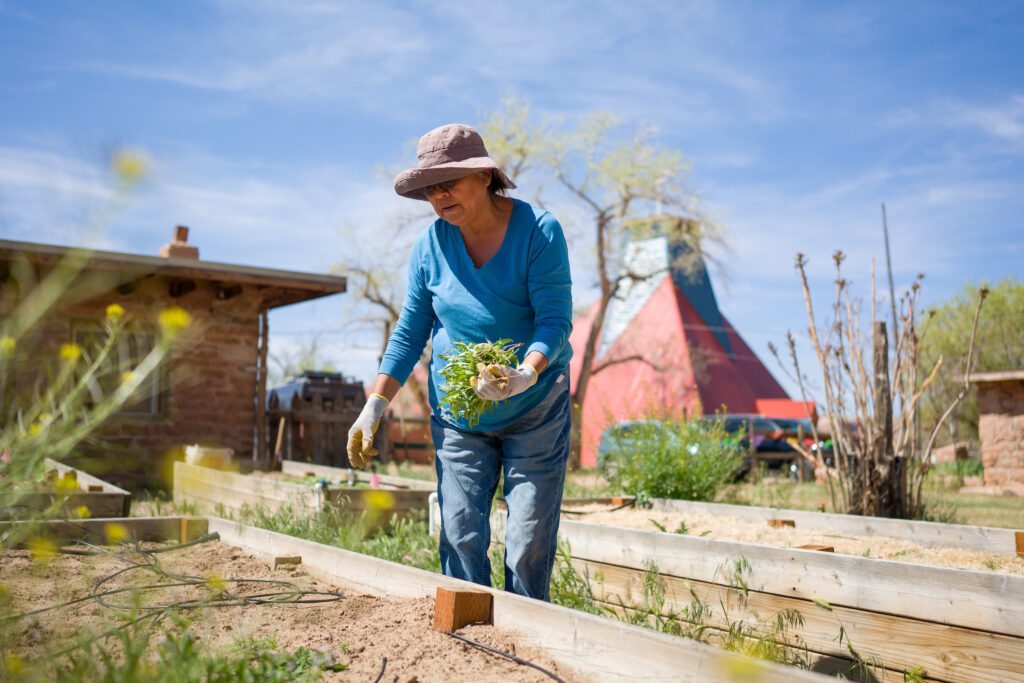
Toddy has devised a seven-year plan for germinating and planting native peaches at the Hozho Center. He’s also using Tiktok to spread his knowledge of how to successfully grow crops in what seems to be a stark, unforgiving environment. He wants to show people, particularly other Native Americans, that returning to a more traditional diet is possible. And he’s not talking about fry bread.
Like Wytsalucy, Toddy is joining younger generations to revive Native American growing practices. Prior to his position at the Hozho Center, Toddy studied industrial engineering and was printing metal parts for NASA. But he would sit at his desk and dream about his garden.
During the early waves of COVID, he witnessed classmates going hungry because they didn’t have enough food. And as older Native Americans were among the groups most devastated by the disease, it emphasized how he could no longer wait for things to change. The death of tribal elders severed the last linkages between the old ways.
“It is up to us now to continue these traditions to keep this knowledge alive,” Toddy says. “The term ‘food desert’ is thrown around a lot, but we don’t live in a food desert, we just don’t know. We don’t have that knowledge.”
He has big plans for the Hozho Center. Over time, he hopes to expand into a regional food hub that can provide area schools and nursing homes with fresh produce.
“We are going to be an example of it’s called an agropastoral community,” he says. “We are going to grow a lot of food, but we are going to be doing it sustainably and we are going to do it working with the land not against it. Farm the way we used to farm.”
But the site needs land restoration from years of overgrazing cattle. Sheds and fences need rebuilding. And of the numerous structures on site, only two are salvageable. There is much to do to even to begin farming.
Toddy’s to-do list is long: bring back the Navajo churro sheep; begin a seed bank and share seeds with other tribes; build catchment ponds, swales, and berms to ready the land for dry farming; grow a food forest with wild onions, asparagus, and parsley where visitors can come and graze as they walk; plant peaches.
“I see the peach orchard way up tucked up high in the mountains, flourishing,” he says. “And I really see the community coming out we will have a harvest workshop people can come and harvest as much peaches as they want and we can preserve this food. This is what I see.”
Wytsalucy has a similar vision. Hers involves young people becoming the force growing the fresh fruits and vegetables on tables. But she wants them to learn more than just how to grow food. When native children are taught how to grow corn, a sacred crop, they are also being taught the foundation for how to live a good life, she explains.
Southwest peaches are a living metaphor for the process of slow growth needed to cultivate seeds and a mindset of reconnecting to the land. A mother of three small children, Wytsalucy knows the challenges of getting young people interested in the physically demanding work of horticulture. She is developing teachings that use both technology and stories that connect native youth to their ancestors to spark interest in growing food. Extension staff are trying to devise transportation workarounds for kids who want to travel to the gardens but can’t.
Wytsalucy pauses to reflect on a journey she feels has been “divinely guided.”
“I know I am supposed to be here,” she says. “The peaches, it is the start of everything, and it is the foundation for why all of this exists, but … it’s like a very small aspect of what I am trying to create down here.”





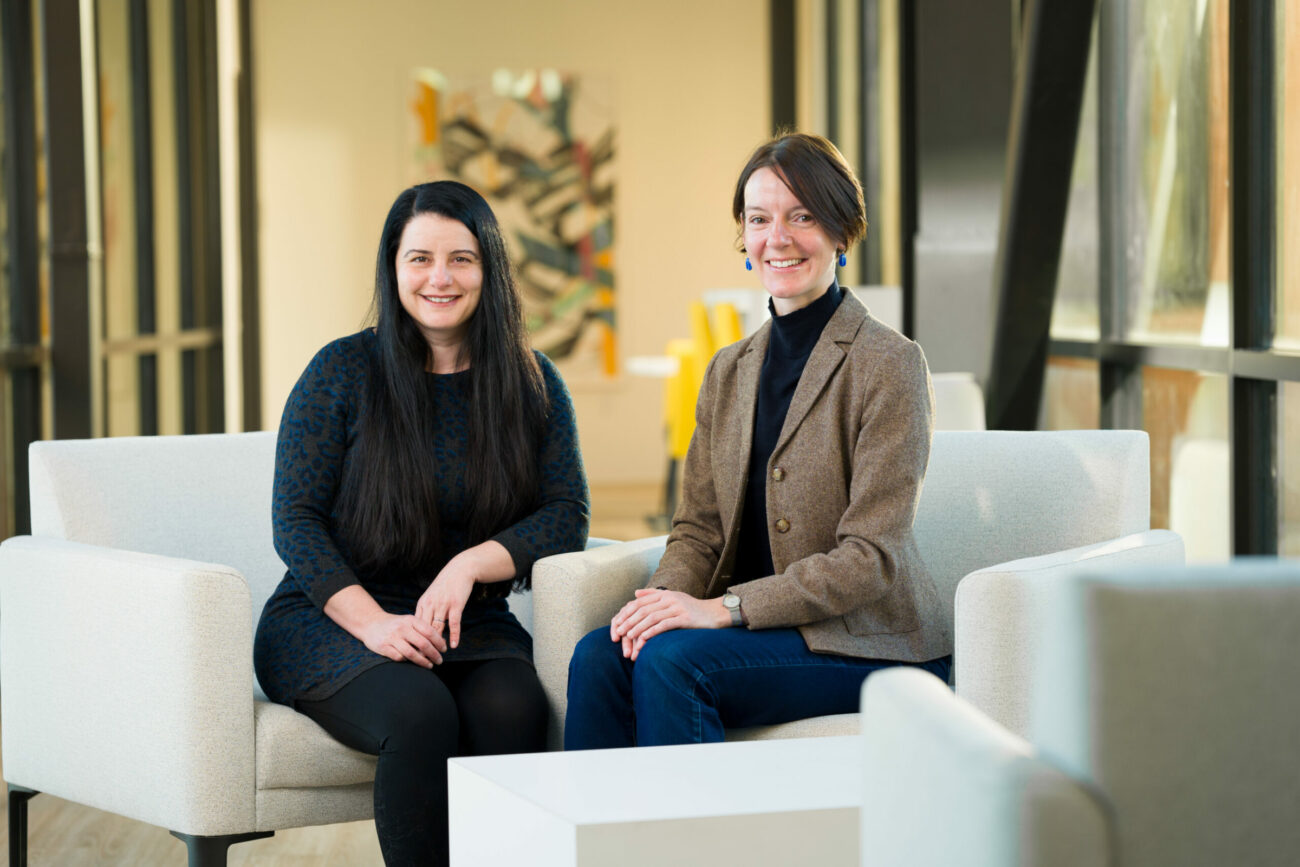
Lindsey Burbank-Pete September 20, 2023
I loved this very much! I’m also a USU alum (C/O 2019). I completed my studies at USU-Blanding and went on to serve my time with elders in the Central Agency as a C.N.A. for about 2 1/2 years. Originally I’m from Many Farms, AZ as well, but I’m also connected to the Chinle community. After 3 long years, I’ve decided to go back to school here on the main campus in Logan, Utah. Knowing that my shi’ma sani had a green thumb for planting vegetables and fruits in our backyard still gives me the hope & purpose to start my own garden when I return to our Dine’ Bikeyah. Thank you to Regan Wytsalucy and Josua Toddy for sharing their line of work and plans to keep our traditions alive.